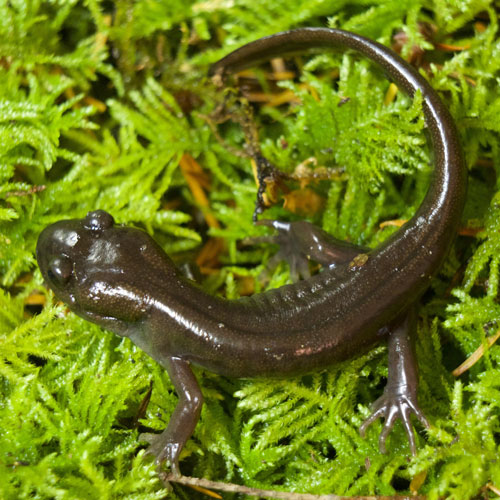Fast Facts
Where they live
- View a map of where they live.
- Common Sagebrush Lizards can be found in many areas of the western United States, including Washington, Oregon, Wyoming, California, Utah, Nevada, Texas, southern Idaho, northern Arizona, northwestern New Mexico, and western Colorado.
- Primarily live in sagebrush.
- They can also be found in pinyon-juniper woodlands, open pine forests, and Douglas fir forests.
What they eat
- Common Sagebrush Lizards feed on a wide variety of bugs, including beetles, ants, flies, caterpillars, aphids, spiders, ticks, and mites.
Breeding
- Between June and August, females lay one or two clutches of eggs in loose soil about 1 inch deep.
- Each clutch has from 2 to 8 eggs, which hatch in about 2 months.
Threats
- Even though decreased habitat quality in some areas may threaten common sagebrush lizards, they are considered “least concern” due to their large distribution and numerous large stable populations.
- View their status on the IUCN Red List of Threatened Species.

Amphibians & Reptiles of Washington
Do you know where rattlesnakes live in our state? Or which salamander breathes through its skin? Explore the fascinating diversity of the 26 species of amphibians and 28 reptiles found in Washington state.

